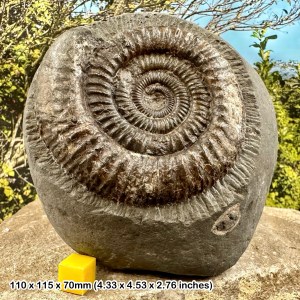Once a thriving community with locally mined ironstone shipped from its own harbour, Port Mulgrave is now closed, but highly productive for a wide range of ammonites, along with reptile remains and more. It is one of the best locations for collecting in Yorkshire.
DIRECTIONS
♦ Head towards Hinderwell and you will see a turnoff to the east towards Port Mulgrave. Follow the road all the way down, which will veer northwards and lead to a small parking area just past some houses. The road reaches a dead end at some houses.
♦ Park in the area by the side of the road. This parking area has been made available by the kind permission of the locals. However, it is essential that parking spaces are left available for local people and their families. If it looks like the parking area is becoming a little crowded, especially at weekends and during the summer holidays, park in The Badger and Hounds car park in Hinderwell, where you will be warmly received for a pint after some hard work fossilling. Ensure you keep the area clean and tidy, and park sensibly.
♦ Access can be made to the beach by a footpath leading down the high cliff. Note that there are many steps to climb down (and back up).
♦ Ref: 54.54626°N, 0.76648°W
PROFILE INFO
FIND FREQUENCY: ♦♦♦♦♦ – Port Mulgrave yields excellent ammonites and dinosaur/reptile remains can also sometimes be found. However, there is quite a lot of competition. The best time to collect is after winter storms or scouring conditions.
CHILDREN: ♦ – Due to the difficult walk down to the beach, this location is not suitable for children, but is acceptable for mature family groups.
ACCESS: ♦♦ – You can park at the top of the cliff top and there is a very long way down to the beach by an endless number of steps. Unfortunately, the steps are uneven and after rain are extremely slippery. ENSURE PARKING SPACES ARE LEFT AVAILABLE TO LOCAL PEOPLE.
TYPE: – Most fossils can be found on the foreshore, especially after storms or scouring conditions, within nodules or loose in the shingle. However, fossils are also commonly seen in the cliff and on the scree slopes, either in nodules or loose.
FOSSIL HUNTING
From the beach steps, both ends of the bay are productive for fossils. At the north end, just past the old harbour, nodules can be found at beach level and on the foreshore. These nodules are full of ammonites and often in extremely good condition. Further north, towards the area of the landslip, horsetail plant remains can be found.
The middle of the bay is where most of the reptile and dinosaur remains come from. They can often be seen in the cliff at just above eye level after storm high tides or washed out on the foreshore. Look for areas of shingle and shale deposits and you will often find ammonites within them.
Most ammonites can be found at the south side of Port Mulgrave, just around the small bay. These are often in a very good condition. Reptile remains can also be found here, but are less common than from further north.
There is a wide range of ammonites at Port Mulgrave, most of which can be found in nodules. However, there are other finds to be made, including horsetails, reptile remains, dinosaur bones, brachiopods and bivalves and fish. Look for nodules and for ammonites that are just peeping out of the rocks. They can be easily prepared and cleaned back at home.

GEOLOGY
Towards the north side of Port Mulgrave at Brackenberry Wyke, the Cleveland Ironstone Member can be seen well exposed in a large landslip. The blocks of Ironstone yield plant remains. The Formation is split into the Penny Nab Member and, above this, the Kettleness Member.
On the foreshore exposed both north of the old harbour and in the middle of Rosedale Wyke Bay, the Grey Shale Member can be seen. Pockets of belemnites and shells tend to be found grouped together in death assemblages and small colonies, respectively.
South of the old harbour, the Mulgrave Shale Member can be seen in the cliffs. This is made up of the Jet Rock, which used to be mined heavily many years ago and the remains of the old jet harbour area can still be seen today. The Mulgrave Shale Member is also made up of bituminous shales, which can be seen exposed on the foreshore further south past Rosedale Wyke Bay. This is where nodules containing ammonites, reptiles and dinosaur remains come from.

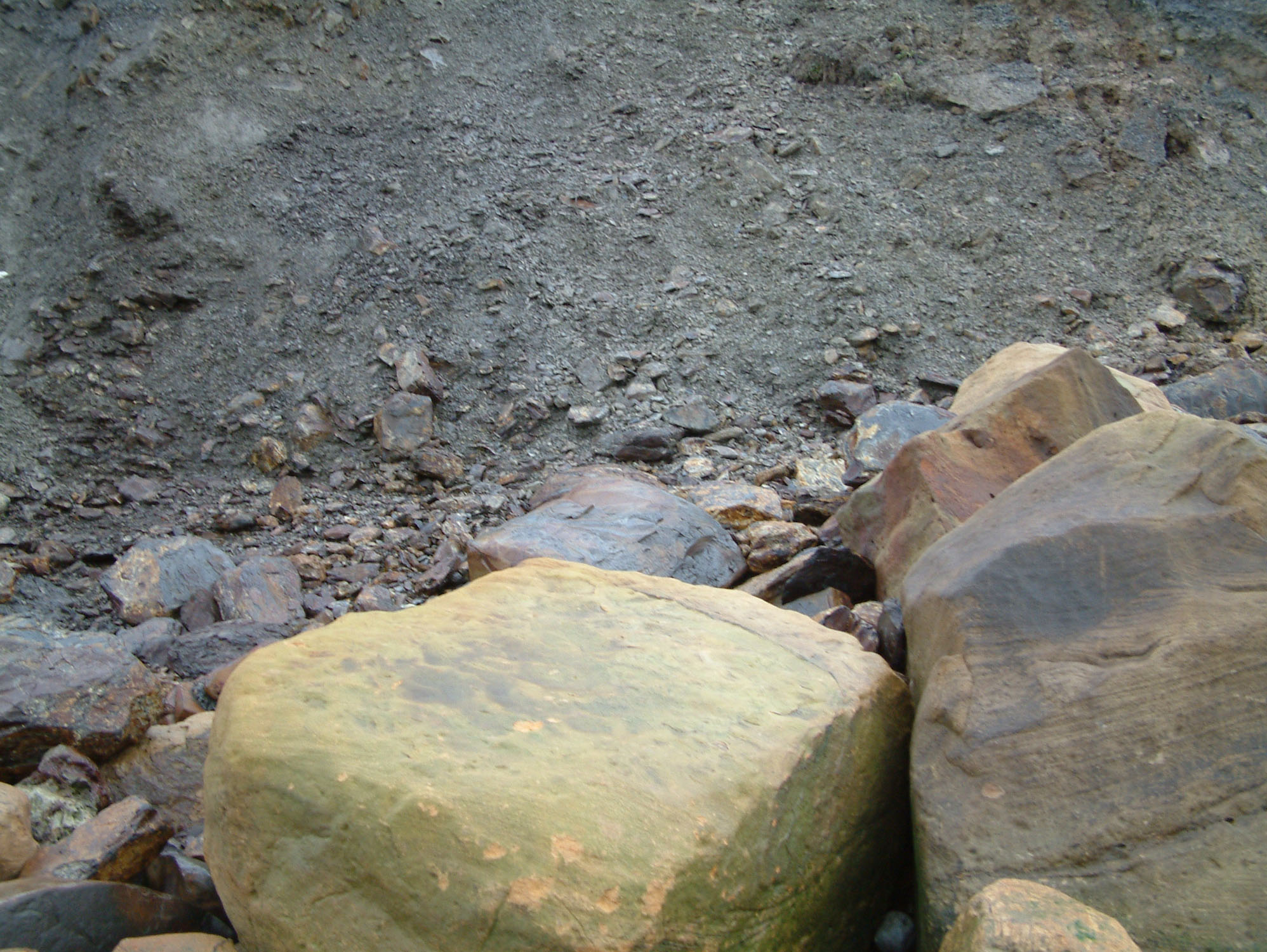
SAFETY
Common sense when collecting at all locations should be used and knowledge of tide times is essential. It is easy to get cut off at Port Mulgrave, as the sea always reaches the base of the cliff. You should ensure you return in good time. Also be aware of sticky areas on the slippages, as it is easy to get stuck especially after rain. After heavy rainfall, the steps down to Port Mulgrave can be extremely slippery, so extra care is needed.
EQUIPMENT
Most of the fossils can be found in foreshore nodules or loose within the shingle, however bones can also be found in the cliff face and in large nodules. You will need to take a pick and hammer for both instances.
ACCESS RIGHTS
This site is a site of special scientific interest (SSSI). This means you can visit the site, but hammering the bedrock is not permitted. For full information about the reasons for the status of the site and restrictions, download the PDF from Natural England.download the PDF from Natural England.
It is important to follow our ‘Code of Conduct’ when collecting fossils or visiting any site. Please also read our ‘Terms and Conditions‘
LINKS
♦ Buy Fossils, Crystals, Tools
♦ Location Discussions
♦ Deposits Magazine
♦ Join Fossil Hunts
♦ UK Fossils Network
-
Ammonite Dactylioceras Commune, Jurassic, UK Fossil, Genuine
£18.00 -
Ammonite Fossil Half, Marine Animal, Genuine UK Jurassic Specimen, Certificated
£10.32 -
Beautiful Dactylioceras Ammonite Fossil, Yorkshire, Jurassic
£16.80 -
Dactylioceras commune (Grade A), Jurassic, Yorkshire
£24.00 -
Dactylioceras commune (Grade B), Jurassic, Yorkshire
£16.80 -
Dactylioceras Commune Ammonite Fossil, Genuine UK Jurassic Specimen, Certificated
£19.80 -
Dactylioceras commune ammonite fossil, genuine uk jurassic specimen, certificated
£20.40 -
Dactylioceras Commune Ammonite [Grade B] Fossil – Jurassic Period, UK
£20.40 -
Dactylioceras commune Fossil Ammonite, Jurassic, Yorkshire, UK, Authentic Certified
£30.00








































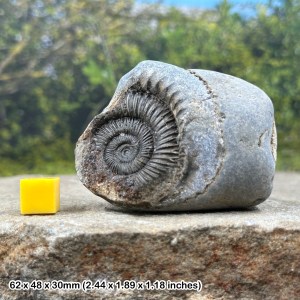
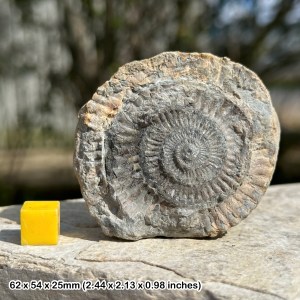
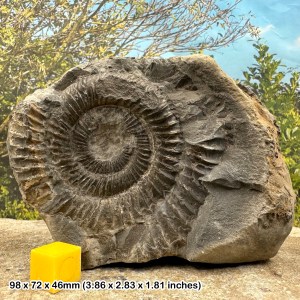
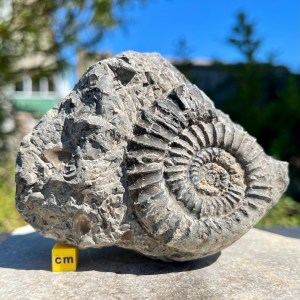
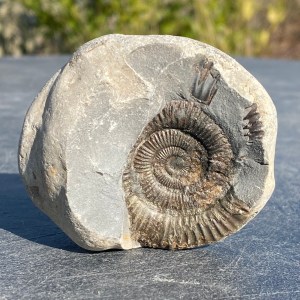
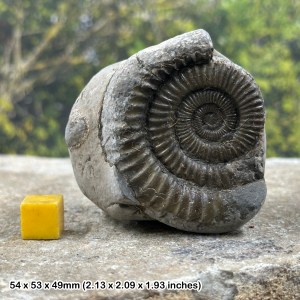

![Dactylioceras Commune Ammonite [Grade B] Fossil - Jurassic Period, UK](https://ukfossils.co.uk/wp-content/uploads/2024/01/658032af6c80af21c3d80283-300x300.jpg?crop=1)
